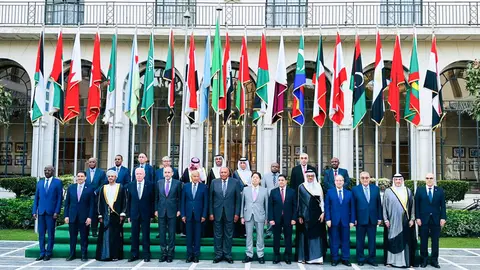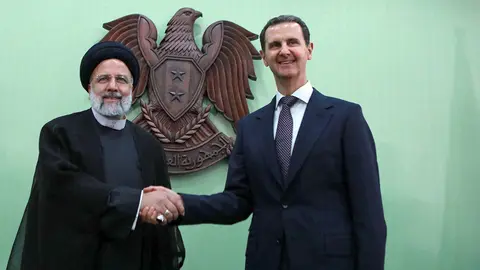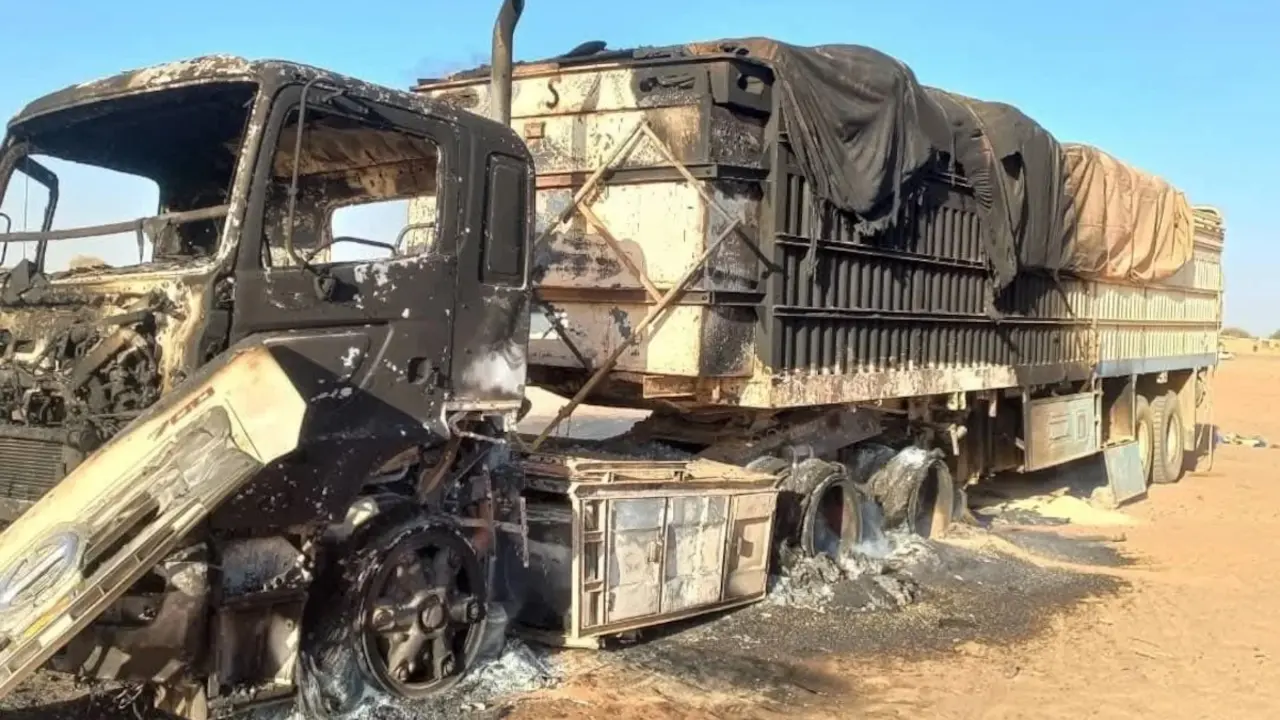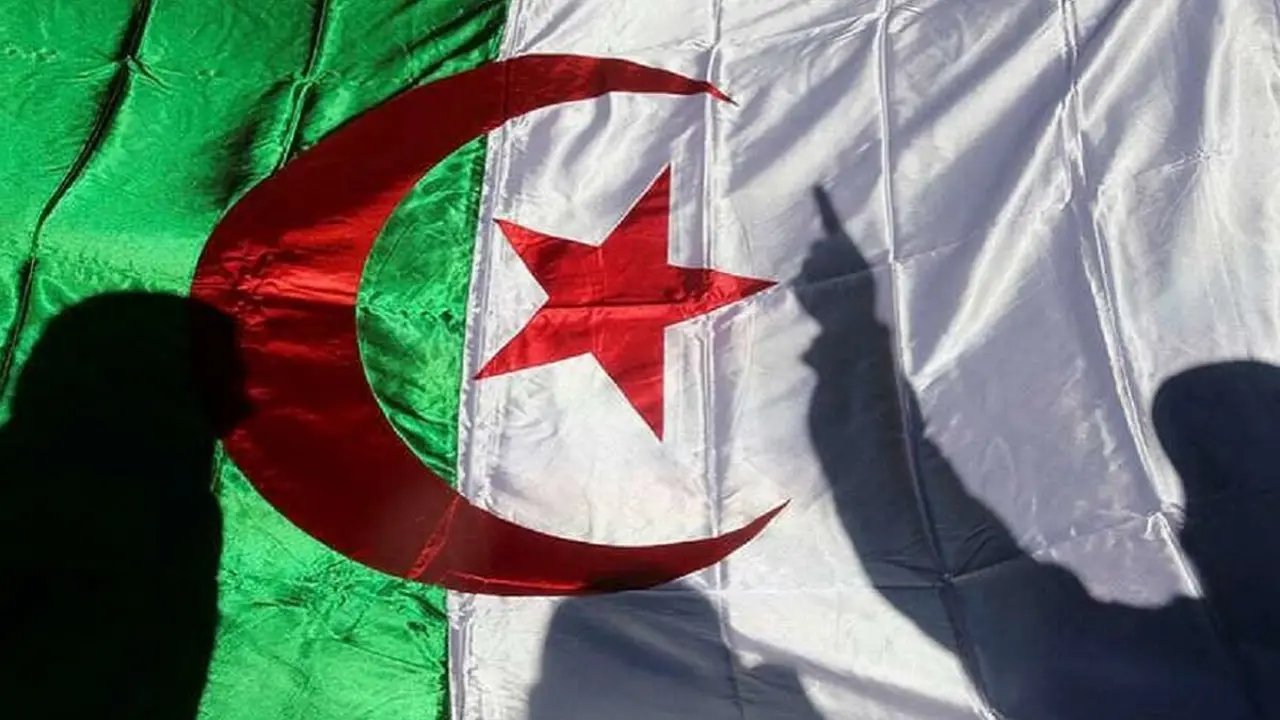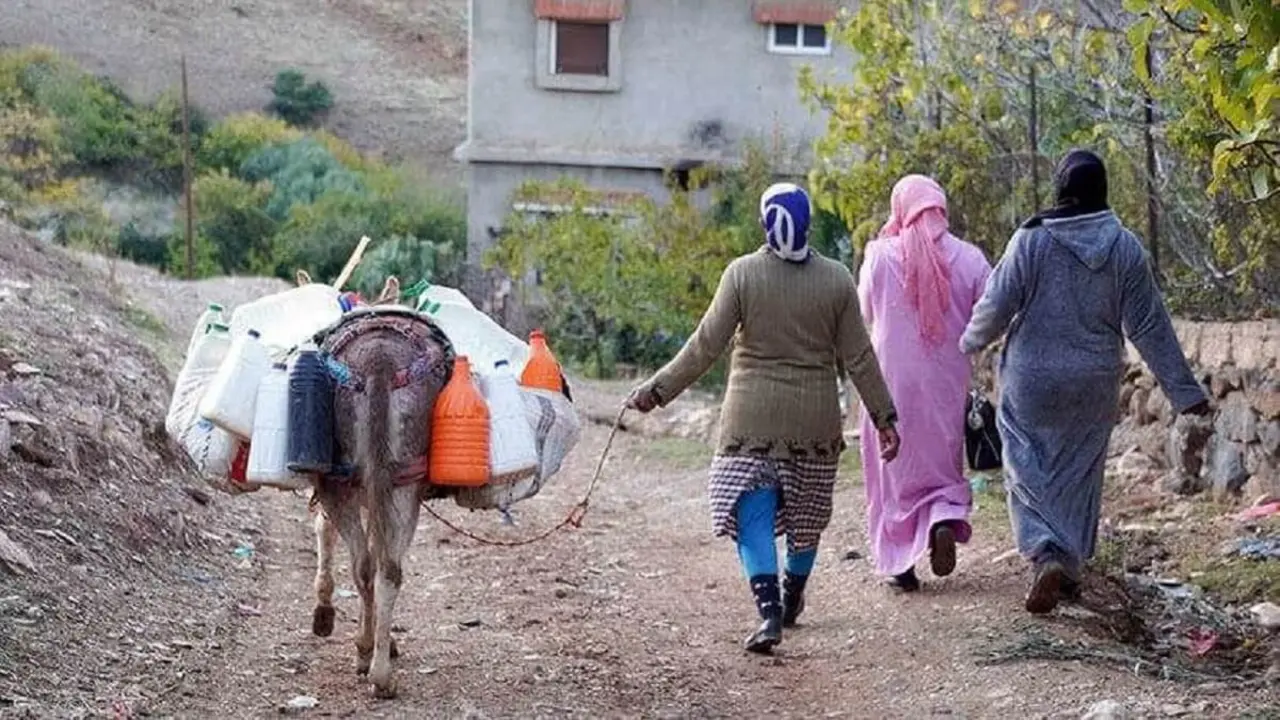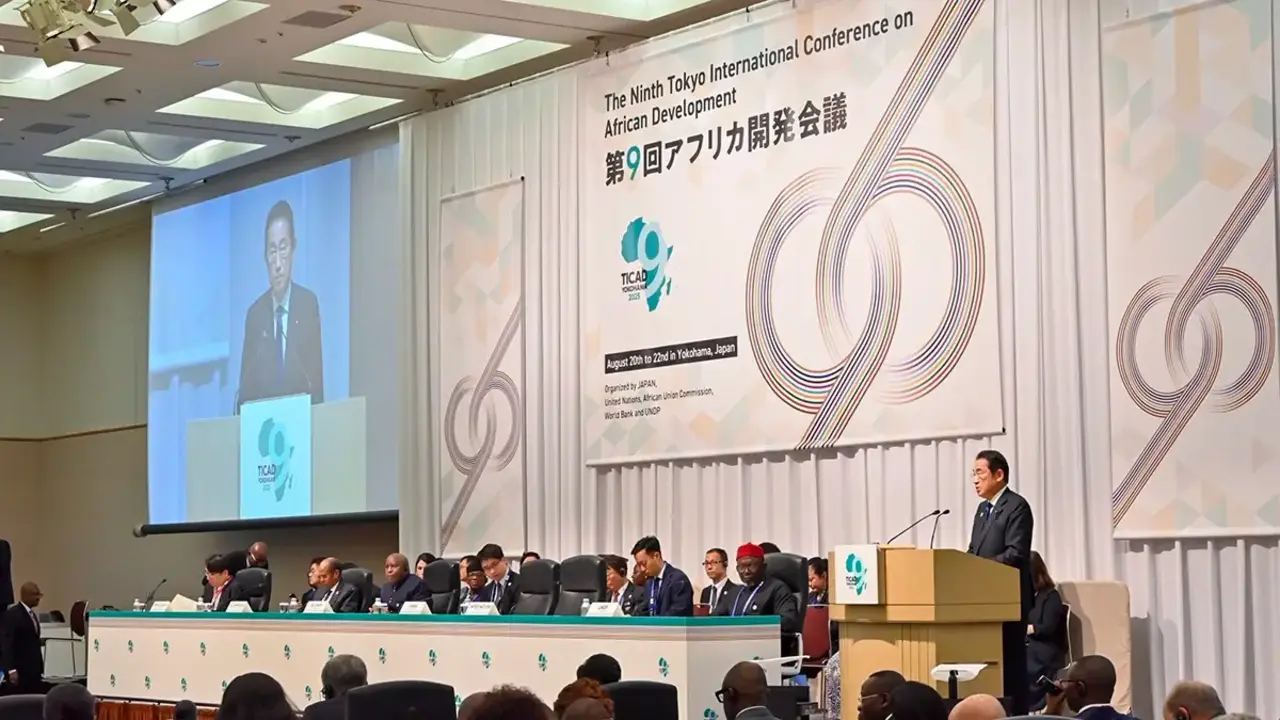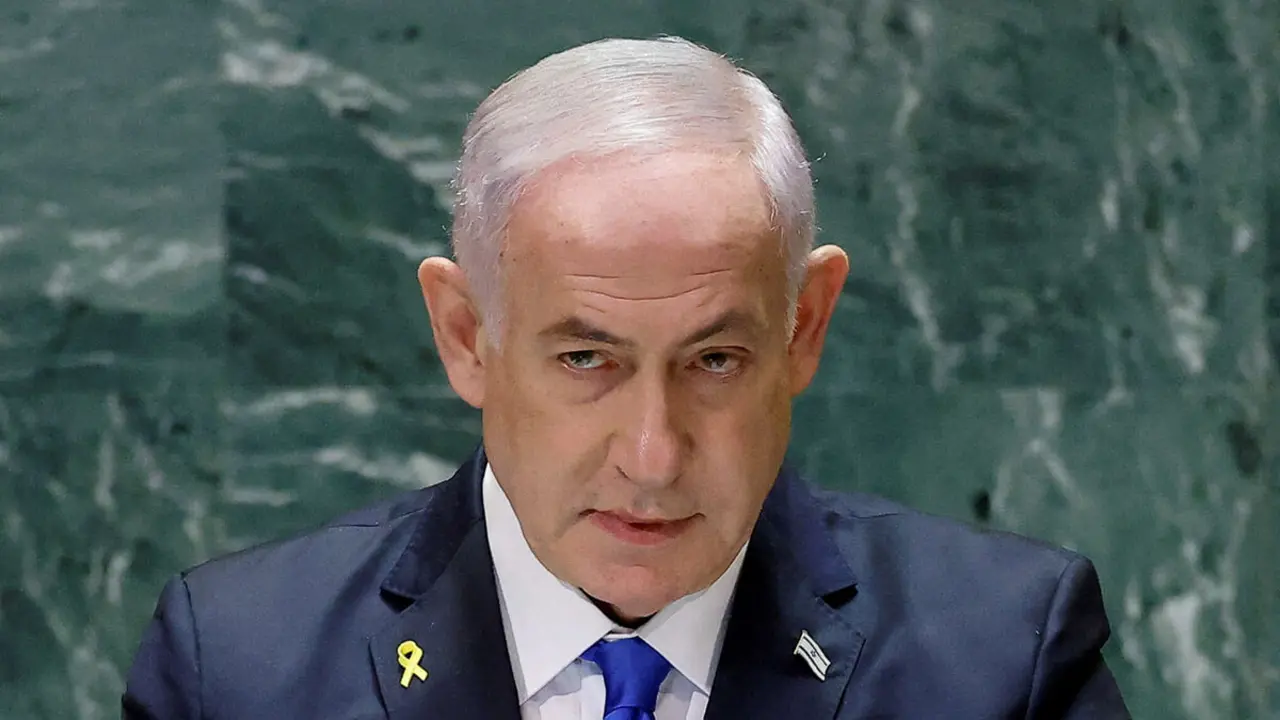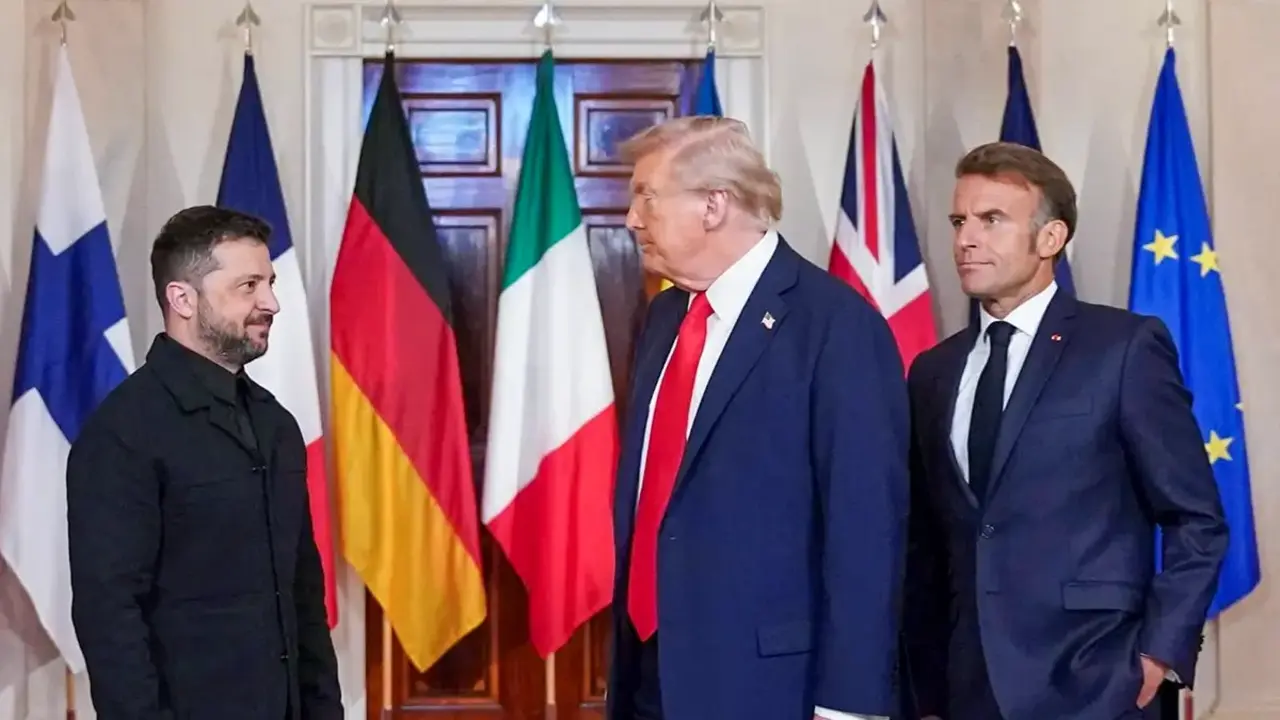Iranian expansion in Syria: military control and forced displacement
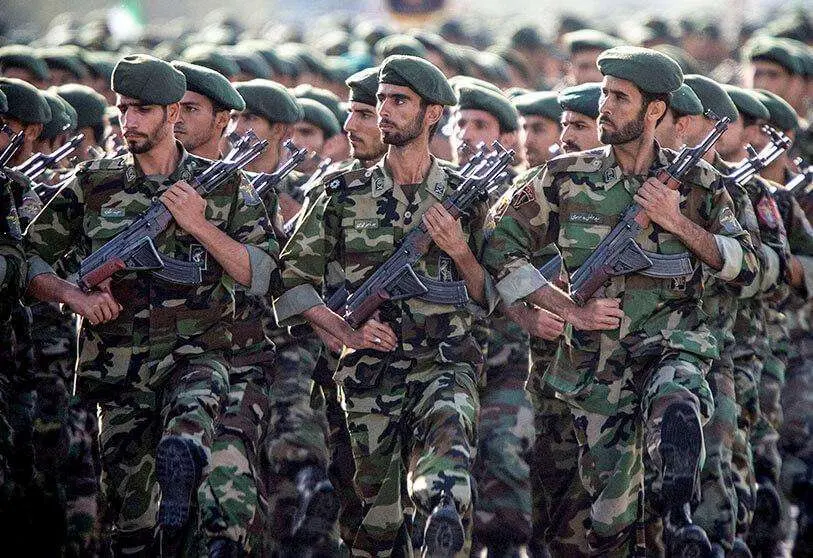
Iran is consolidating its permanent presence in eastern Syria near the Iraqi border by establishing camps in densely vegetated areas that conceal its activities and those of its allied militias. In the process, they are displacing the local population, as seen in the town of Al-Jalaa in the Albukamal region.
As reported by Al Arab, Iranian militias have replicated in Albukamal the strategy used in Jurf al-Sakhar, an agricultural area in northern Babil, Iraq. Jurf al-Sakhar, like al-Khalaa, was occupied by Shia militias after it was liberated from Daesh control in 2014. The local Sunni population was displaced and prevented from returning, turning the area into an arms storage centre.
Currently, Syrian government forces have little influence in the Albukamal region, which is under the full control of Iranian militias. These militias have closed previously recreational areas, such as the orchards of al-Khalaa, and turned them into restricted military sites, where the original residents cannot return.
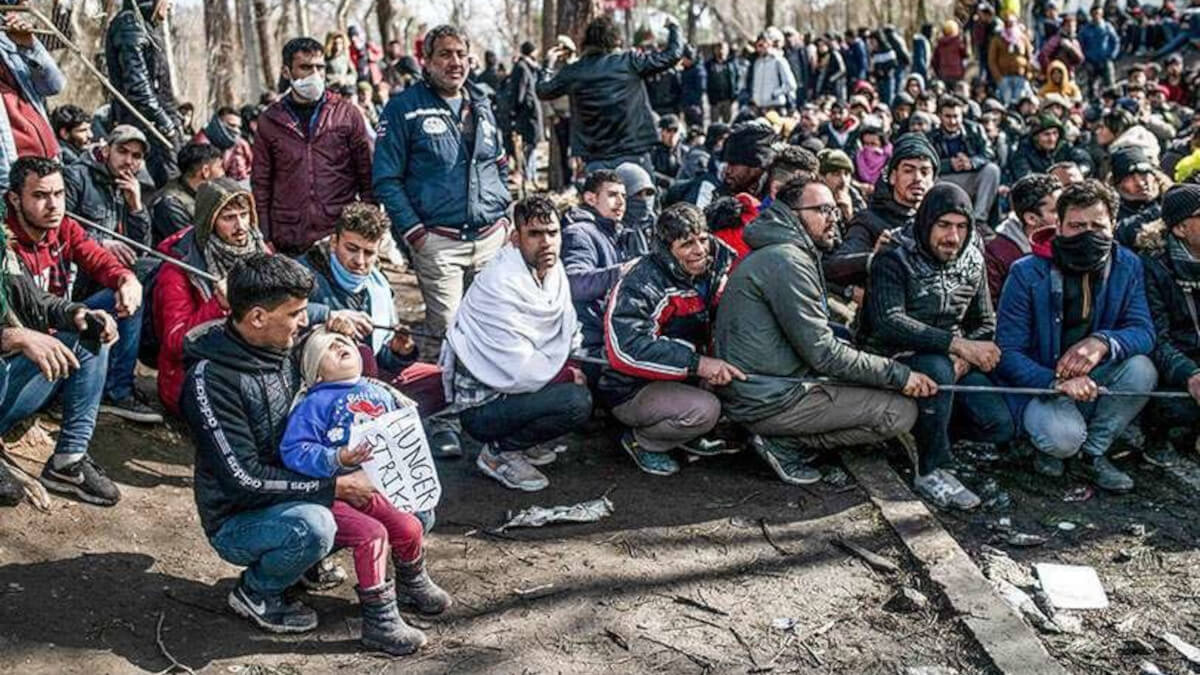
Nasser, a local resident, recounts how the orchards were transformed first by Daesh and then by Iranian militias into militarised zones, expelling the inhabitants and establishing secret bases. Following the expulsion of the terrorist group in 2019, the residents' hopes of returning to their homes were dashed by the Iranian militias, who continue to prevent their return and use the orchards to store weapons and conduct training.
Riyad, a member of the Fourth Division of Syrian government forces, describes how guards are under strict orders not to carry phones or go near activities inside the orchards. Their main task is to protect the camps without knowing the details of what is going on inside.
The camps cover approximately 50-60 dunams (about 0.05 square kilometres) and are surrounded by several guard posts. The presence of weapons and non-Syrian elements suggests the existence of weapons caches and possibly secret prisons within these orchards. Ibrahim al-Hassan, an activist from the town of Al-Mayadeen in Deir ez-Zor, has observed the presence of Iranian forces and militias in the area, despite the fact that Syrian government flags are raised at the guard posts. He calls on international organisations to investigate the situation and allow the return of displaced residents.

Since 2013, Iran has been involved in the Syrian civil war, supporting the regime of Bashar al-Assad with Revolutionary Guard advisers and militias from Iraq, Pakistan, Afghanistan and Lebanese Hezbollah. Although Iranian assistance was initially expected to be temporary, Iran has built up a significant military infrastructure in several regions of Syria, especially in the east, suggesting an intention to remain in the region.
The situation in al-Khalaa mirrors the reality of Jurf al-Sakhar, located in northern Iraq's Babil governorate, sixty kilometres south of Baghdad. This area, with a strategic location connecting the western, central and southern governorates of Iraq, has been the object of Iranian ambitions due to its fertile soil and dense vegetation. Originally inhabited by a Sunni majority, Jurf al-Sakhar was completely occupied by Shia militias, who expelled the residents and prevented them from returning after liberating the area from Daesh control in 2014, renaming it 'Jurf al-Nasr'.
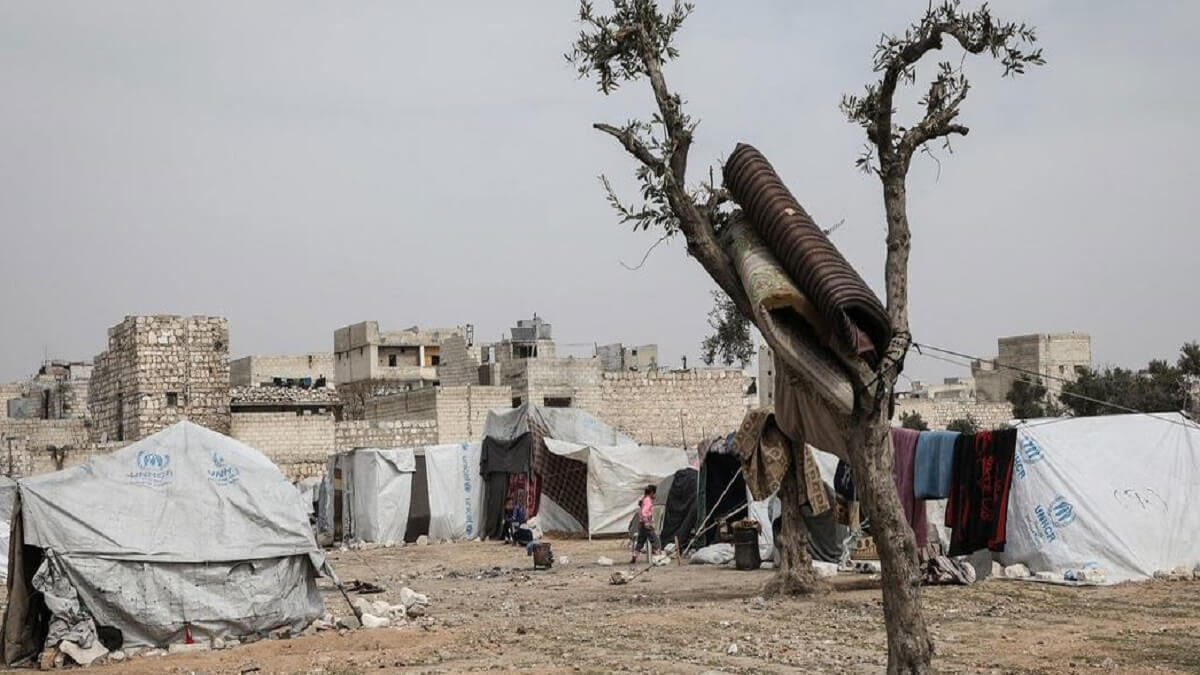
In Jurf al-Sakhar, militias have turned the area into a restricted military base, similar to what is happening in al-Khalaa, where weapons caches have been established and hidden military activities are taking place. These areas have become inaccessible even to the Iraqi authorities, with strict bans on any demand for return from displaced residents. Al-Khalaa's orchards, once recreational destinations, are now closed and militarised sites under Iranian control, restricting access and information about internal activities.
Ibrahim al-Hassan stresses the need for international intervention to investigate and allow the return of residents to their homes, unable to return for fear that they may spy on and document Iranian military activities. This situation is indicative of Iran's efforts to consolidate its influence in the region, using similar tactics in Syria and Iraq to secure strategic corridors to the Mediterranean and strengthen its geopolitical presence.

